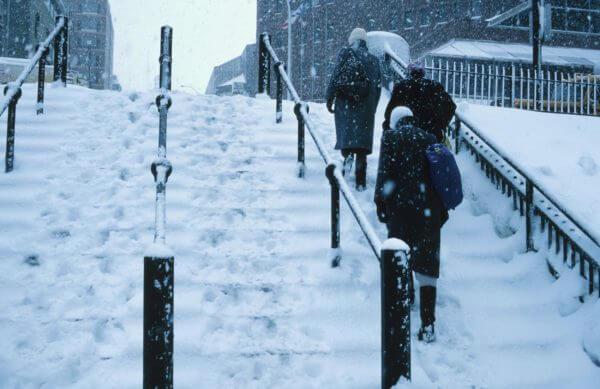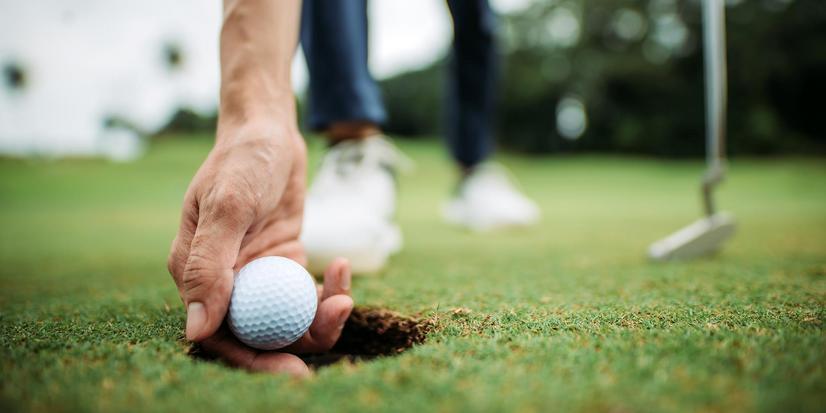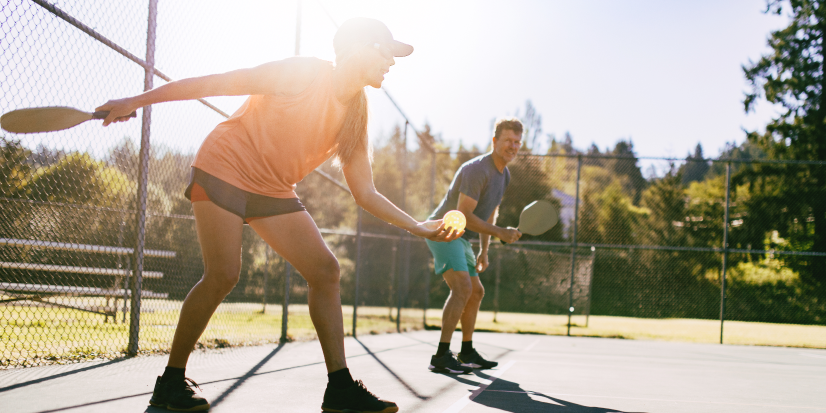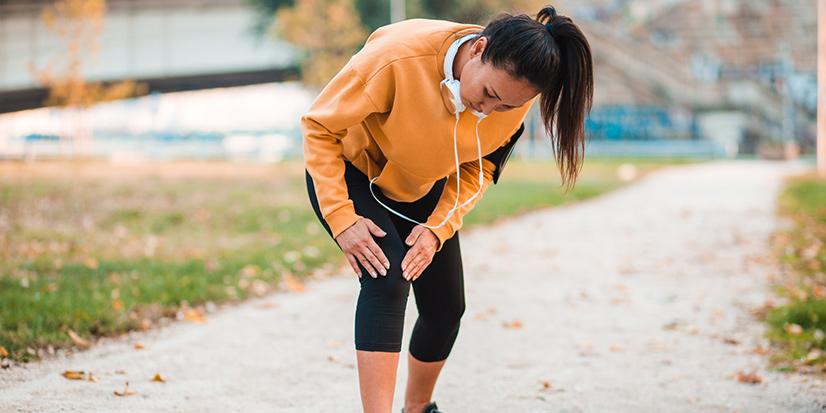It might be funny when you see someone slip and fall on the ice in slapstick comedy, but in real life, it’s no joking matter.
“In the winter, ice-related falls are a common reason people come to see us,” says Dr. Billy Haug, a Medical Orthopedist at Altru Advanced Orthopedics. “It is usually around age 65 that the risks increase.”
According to the Centers for Disease Control, every 11 seconds an older adult is seen in emergency rooms after falling. One out of three adults over the age of 65 falls every year and – by the age of 80 – half experience a fall at least once per year.
A 2008 study by the Minnesota Brain Injury Alliance shows the monthly rate of falls doubles from December to March as people try to get around in icy conditions.
“It’s not easy sometimes,” Dr. Haug says. “Navigating an icy sidewalk is a complex mechanical and physiological puzzle. It requires your neuromuscular system to be firing on all cylinders.”
Haug says that balancing on the ice gets more challenging as your age increases and your strength and balance decrease. The resulting fall might cause simple bumps and bruises or serious fractures of wrists, shoulders, and hips.
“As we age, our bone density decreases, and the bones aren’t as strong, these falls can be very serious,” Dr. Haug says. “That’s why it’s so important we first try to prevent falls from happening versus treating them after they happen.”
Here are 5 tips for preventing winter falls.
Adopt a Fitness Plan
“Initially, it is important to determine the cause of the fall,” Dr. Haug says. “It might just be a slip on the ice, but if it’s a problem with strength or balance, we’ll look at ways to improve that.”
Pat Carter, a Physical Therapist at Altru, says having a strong core helps individuals catch themselves from falling.
“The better a person’s strength, range of motion, and balance, the better chance they have of reducing the effects of the fall and improving the recovery time from their injuries,” she says.
Carter says Altru recently introduced “Stepping On” – a seven-week course that helps people learn how not to fall by working on balance and strength.
“We’ve had very positive reviews from people who have participated in the past,” she says.
To learn more about Altru’s “Stepping On” course, call: 701.780.2516.
Walk This Way
There is actually a right and wrong way to walk on the ice to prevent falls. Just watch how the penguin does it.
“It is helpful to use a shuffling gait,” Dr. Haug says. “Maintain contact between your feet and the ground at all times. Bend forward a little bit to keep your head out in front of your knees so your center of gravity is moving forward.”
“As you walk, you want your knees to be slightly bent,” Carter recommends. “Take smaller steps and keep your feet in the flat position. You’ll also want to have a wider base of support.”
Proper Footwear
There’s a reason you don’t see a lot of stilettos in the wintertime.
“Proper footwear is so important,” says Carter. “You want a good tread, with wide soles and, of course, avoid heels.”
Carter says some people also find detachable cleats and carbon tips an effective way to avoid slips on the ice.
“I know some older adults even carry sand or cat litter with them to sprinkle on icy spots,” she says.
Ask for Help
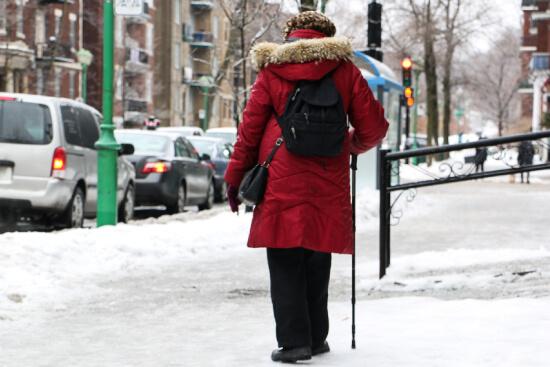
Whether it’s asking for a hand to hold or just grabbing a railing, experts advise people susceptible to falls not to be too proud to ask for help. Dr. Haug says people are sometimes reluctant to use a cane or a walker, but sometimes it’s better in the long run.
“I advise my patients not to be afraid to use it when they’re outside,” he says. “They may not need to use it in all instances.”
Carter even points out that ice pick attachments can be added to canes to help navigate icy conditions, but can be retracted indoors.
Pay Attention
Go to any public space these days and you’ll see how popular it is to text and walk. It’s fine at the mall, but not a great idea on an icy sidewalk.
“You just can’t be distracted. Put your phone away and try not to carry too much. Pay attention to what you’re doing,” Carter says.
Dr. Haug agrees.
“It’s important to survey your surroundings – to know if you’re going to be on an icy surface. Make sure you know where you will be stepping,” he says.
Carter says in the winter it’s also important to give yourself extra time to get places and do your best to clear sidewalks and driveways to make things easier on yourself and anyone else who is out walking.
Preventing falls isn’t always possible, but learning a few simple tricks might keep you a little safer when the snow starts to fall.
If you do fall, it’s important to seek proper care. Depending on the severity, you might need to visit the emergency room, or you can see a specialist at Altru Advanced Orthopedics. To schedule an appointment, call 701.732.7700 or visit altru.org/ortho.


